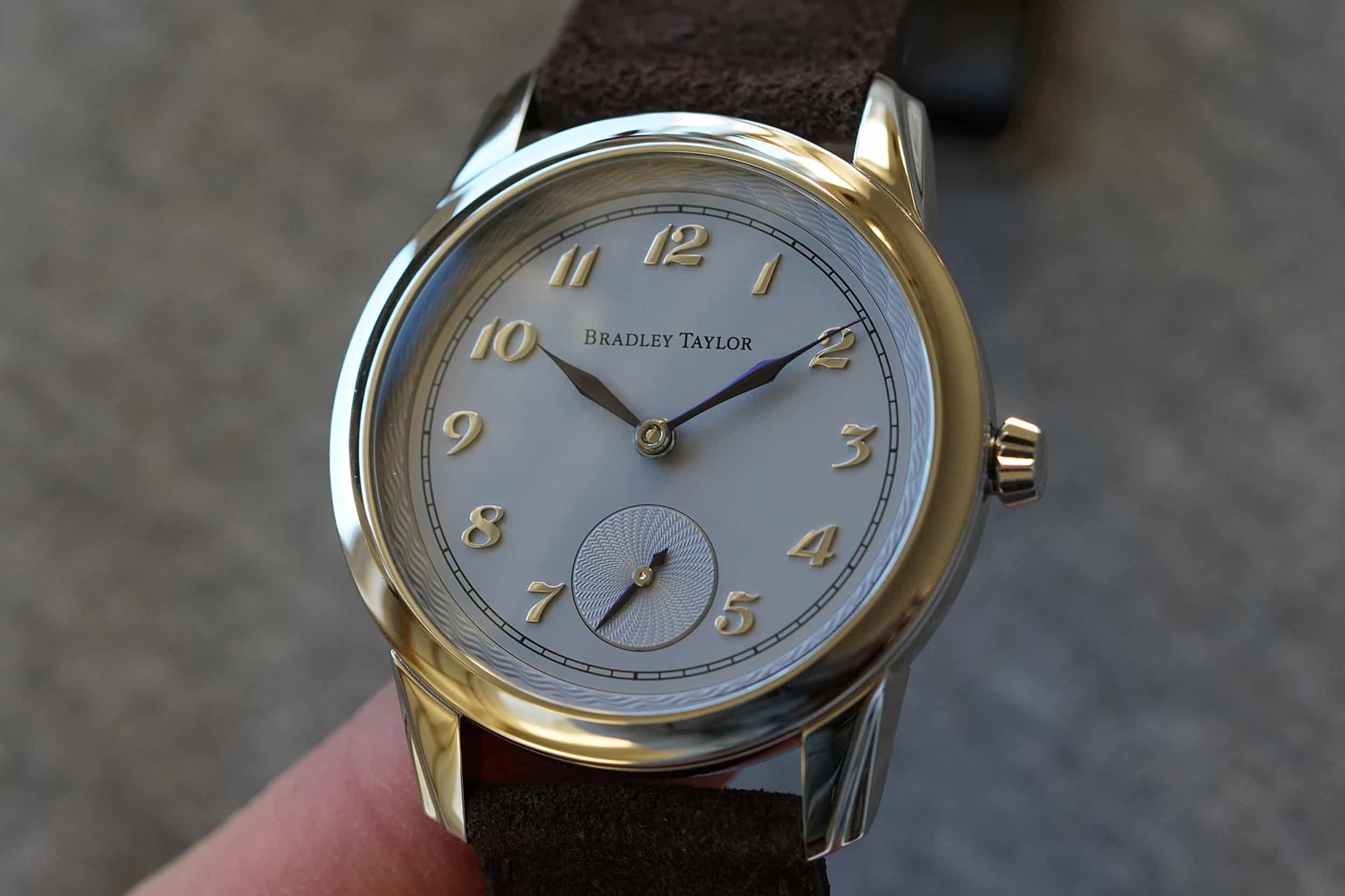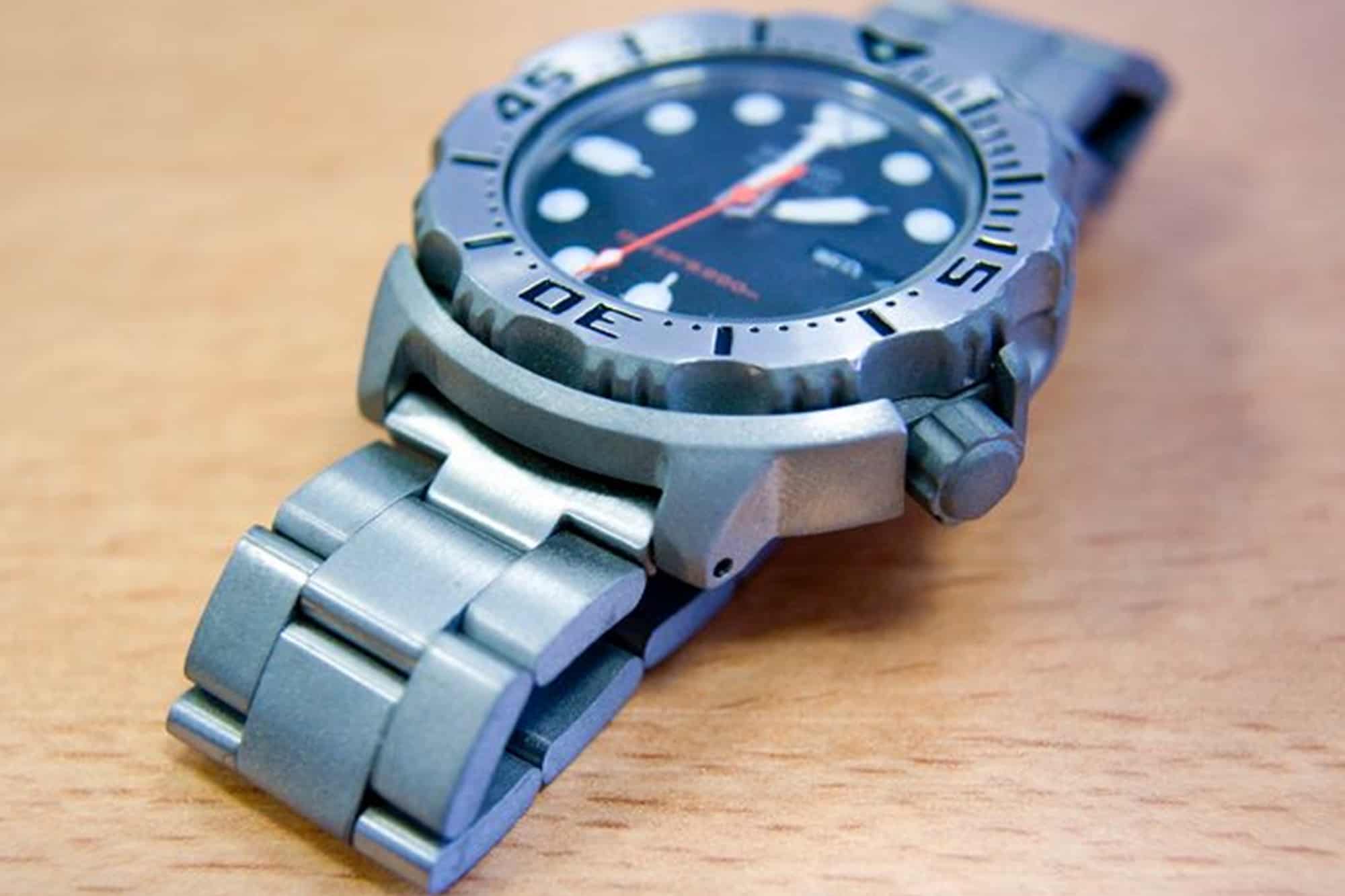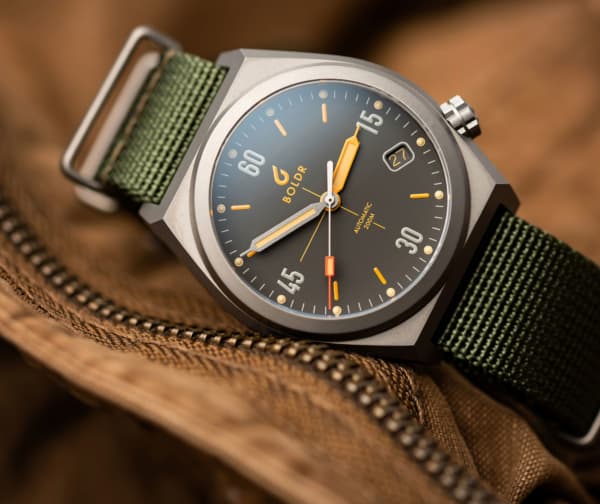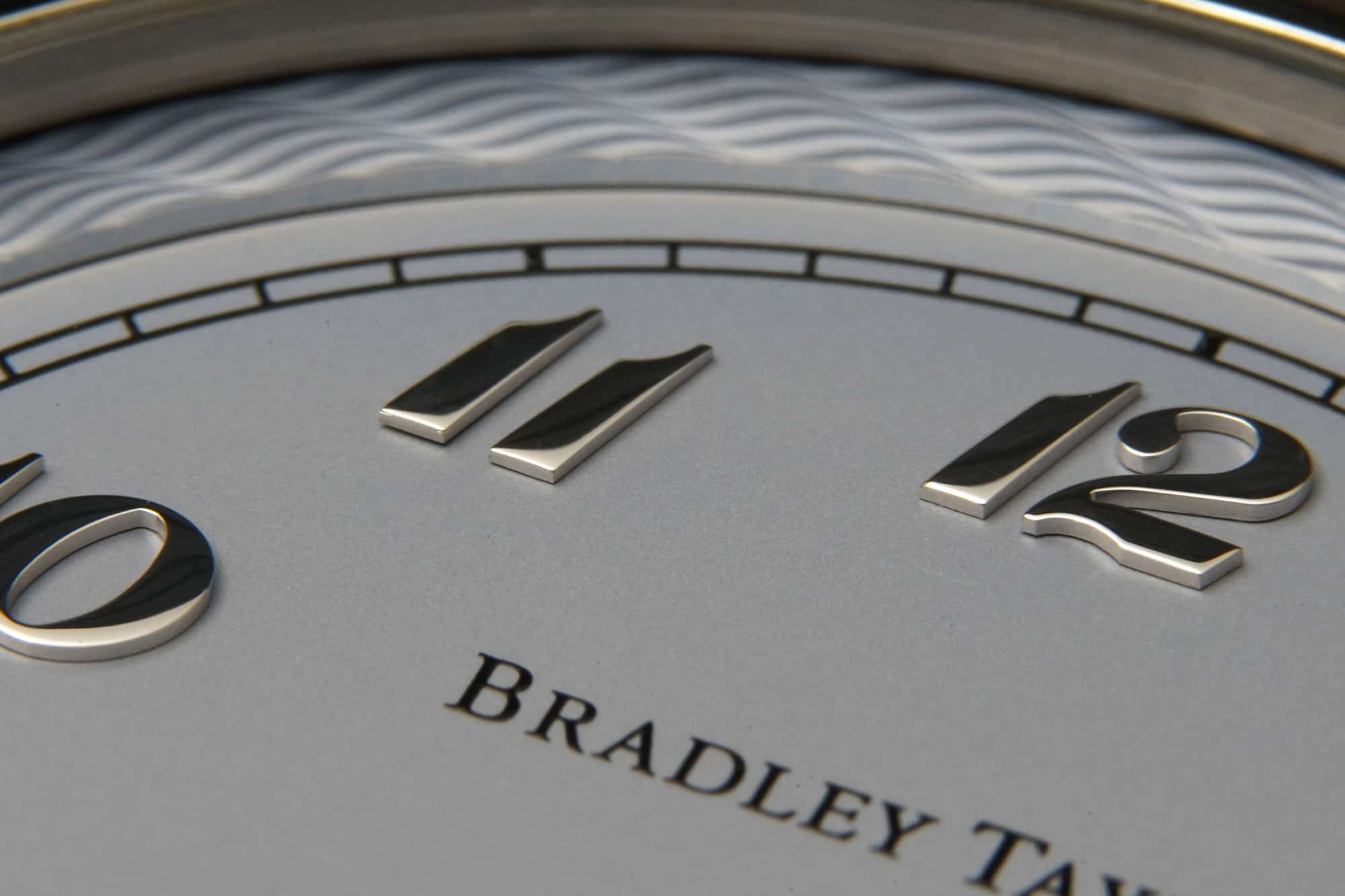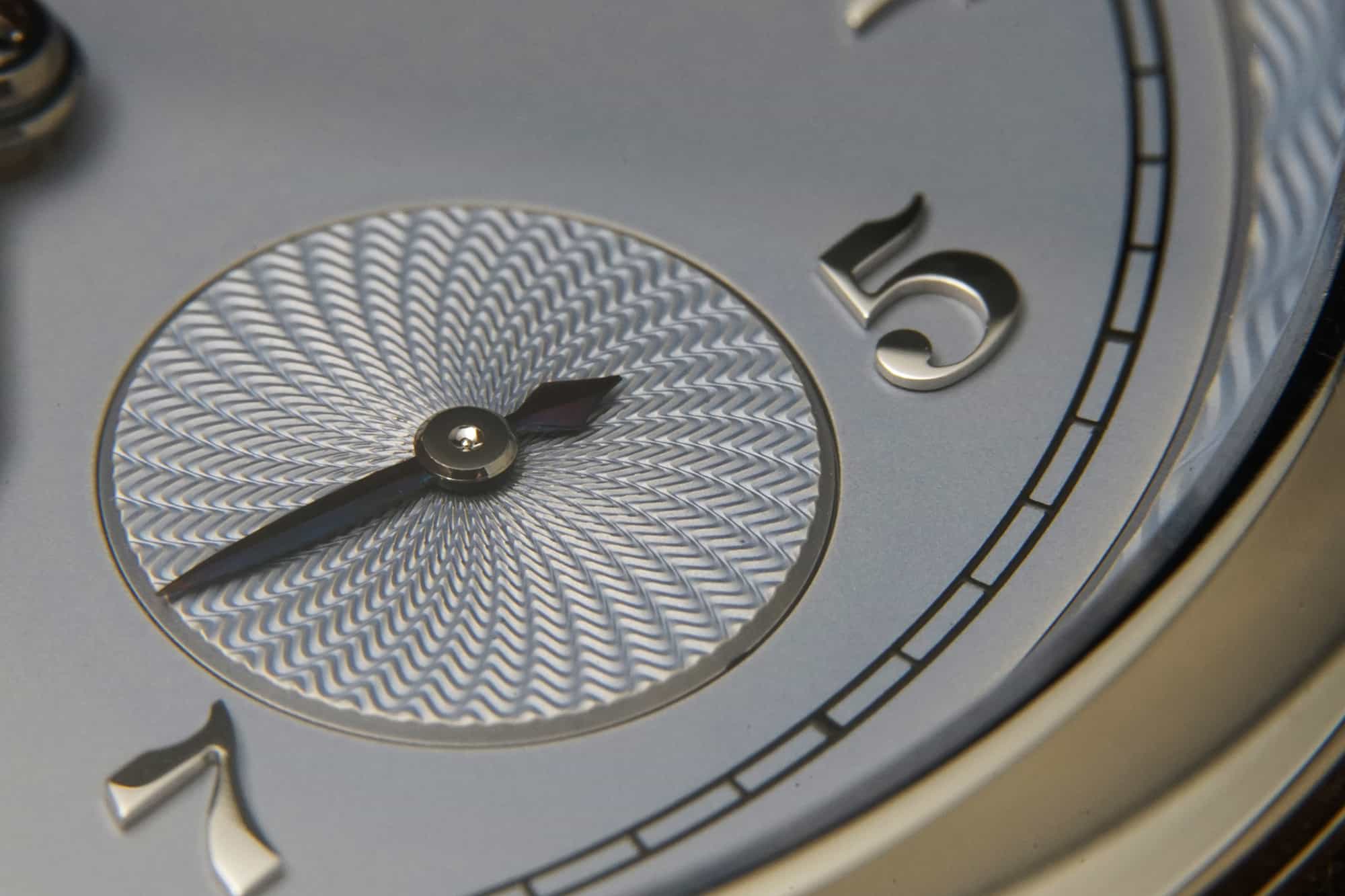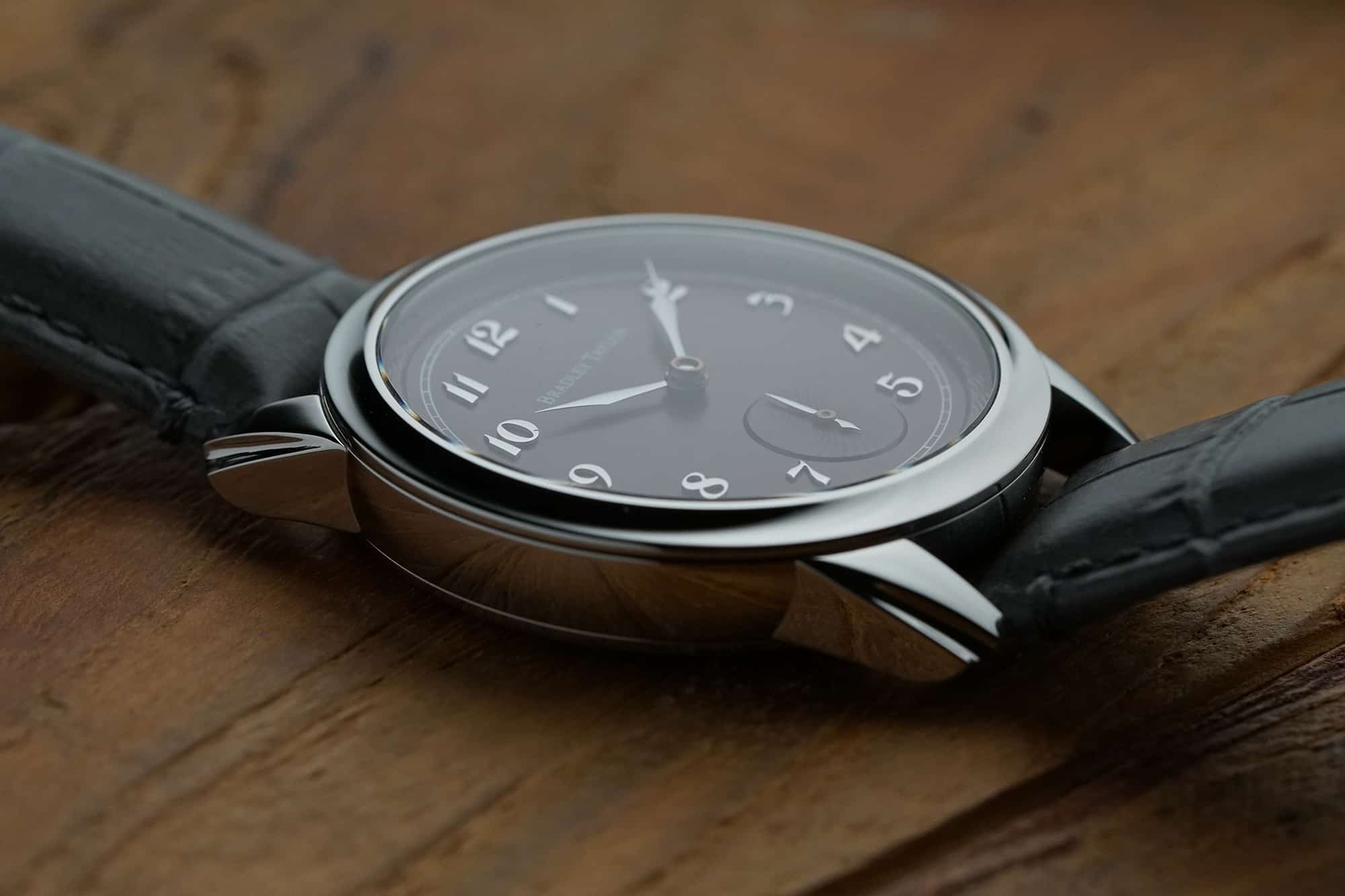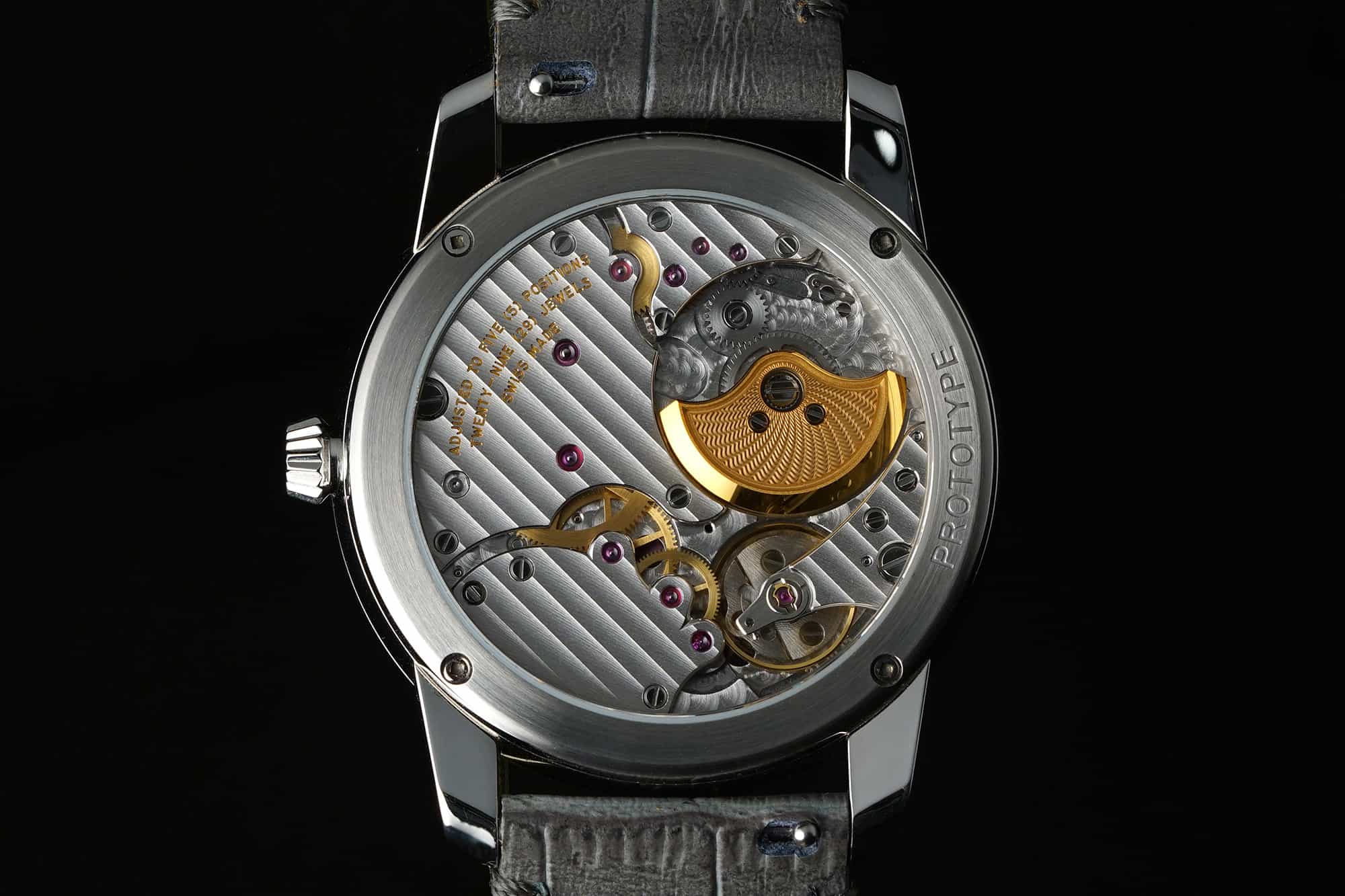When I asked Taylor about what excites him about the watch world right now, his answer resonated because he’s excited by the same things that have lifted the value oriented watch segment over the last several years. “We are now in a time where all it takes is an Instagram account to share your work to the world,” he said. “Social media and the widespread use of the internet has taken down many barriers of watchmaking.”
This is every bit as true in the micro-brand landscape as it is in the world of high end independent watchmakers that Taylor lives in. Social media allows anyone with a healthy curiosity to learn about watches of all kinds, and the watch industry as a whole has moved to the internet in a way that would have been unthinkable only a few years ago. Mostly, though, apps like Instagram and burgeoning platforms on YouTube and elsewhere give enthusiasts an opportunity to enjoy something like the Paragon and all of its unique quirks without actually owning or handling the watch. It’s proof that these objects can be enjoyed from afar regardless of what currently sits in your own watch box, or what you personally aspire to own.
![]()
The idea of value in watches has always been something that Worn & Wound has focused on, and for good reason. Watches have historically been a segment where it’s easy to be swindled, and shining a light on affordable watches that offer something expensive brands don’t is a worthy challenge. The Paragon shows, though, that affordability alone doesn’t equate to value, and that you can get a lot for your money even at prices that are more than what almost any of us would ever consider paying for a watch. Consider the hand finished, custom designed screws, that pay subtle tribute to a Candian inventor from over a century ago. And that at $22,000, you can own the Paragon, or keep saving to buy the current iteration of the stainless steel Rolex Daytona, which often carries an asking price closer to $30,000 on the secondhand market, with finishing that is largely accomplished by machine, and carries none of the personal, handmade touch of the Paragon.
As anyone who has spent any time in the microbrand space knows, when you buy into a small brand, you’re buying into the people who actually made the watch. It’s the same with an independent watchmaker like Bradley Taylor. While the price points are different, the attention to small details, focus on communicating a vision, and presenting a relative value are all very much the same. Bradley Taylor might make expensive watches, but the Paragon is rooted in practical wearability, high quality craftsmanship, and making the most of what you’ve been given to work with. The Paragon might not be a typical microbrand watch, but it has certainly been made with the ethos of an enthusiast. Bradley Taylor









 Featured Videos
Featured Videos





